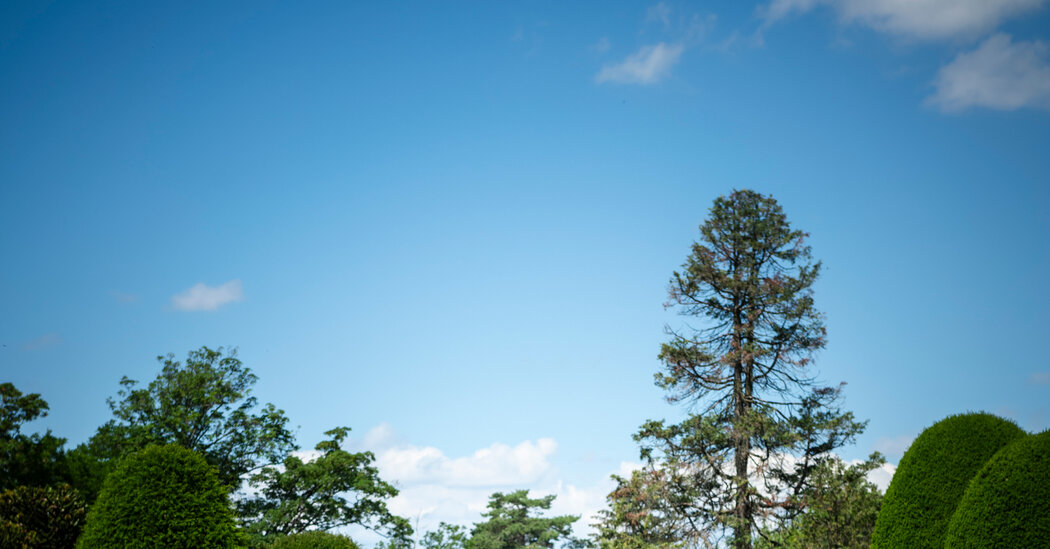Lausanne, Where the Olympics Never End

Every year is an Olympics year in Lausanne, Switzerland, a city of stone buildings, tile roofs and historic church squares perched on a hillside overlooking Lake Geneva. As home to the International Olympic Committee and the Olympic Museum, the city is involved year-round in championing the Games, long before and long after the official ceremonies take place. (This year, the Summer Olympics and Paralympics, mostly in and around Paris, run from July 26 to Sept. 8.)
But the Olympics are only one facet of Lausanne. In the city center, culture-loving visitors will find a new arts district that contains a trio of avant-garde exhibition spaces, while the Hermitage Foundation museum is celebrating its 40th anniversary. Throw in stylish new restaurants, chocolate boutiques and pastry shops, and you have a medal-worthy culinary center, as well.
Games: History and traditions on display
Long before the global fame of gold medalists like the Romanian gymnast Nadia Comaneci and the Jamaican sprinter Usain Bolt, the ancient Greek runner Astylos of Croton was the top Olympic celebrity, thanks to victories in three consecutive editions of the Games, from 488 to 480 B.C. Even more impressive, he did it naked and barefoot (as was then the custom for runners).
His is just one of the remarkable stories recounted in the Olympic Museum (tickets, 20 Swiss francs, or about $22). From ancient vases to interactive touch screens, the exhibitions trace the history of the world’s most storied sports competition, starting with its Hellenic origins and ending with this year’s Paris Games, the subject of a special exhibition, “Paris Olympique.”
Along the way, displays delve into the finer points of stadium architecture, uniform fashions, opening ceremony performances, antidoping technology and even cafeteria menus in the Olympic villages. Equipment and outfits belonging to noted Olympians are also on view, including a handmade track shoe worn by the American athlete Jesse Owens at the notorious 1936 Berlin Games in Nazi Germany. (The cobbler was Adi Dassler, who later created the Adidas brand.)